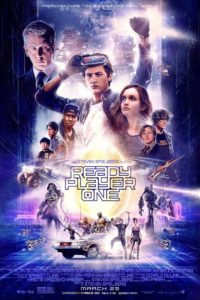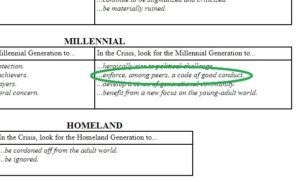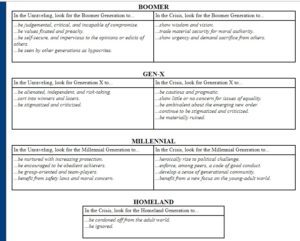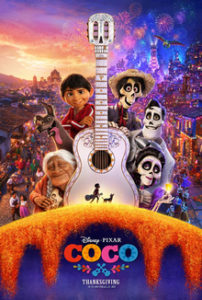 Why would the youth of 2045 be obsessed with the pop culture of the late 1900s? This was my thought as I sat in the theater and watched the movie Ready Player One. As the cultural references kept piling on, my partner commented, “this movie is made for us.” We are both Gen-Xers, born in the 1960s, and the movie’s plot was an endless series of shoutouts to the iconic movies, TV shows and video games of our youth.
Why would the youth of 2045 be obsessed with the pop culture of the late 1900s? This was my thought as I sat in the theater and watched the movie Ready Player One. As the cultural references kept piling on, my partner commented, “this movie is made for us.” We are both Gen-Xers, born in the 1960s, and the movie’s plot was an endless series of shoutouts to the iconic movies, TV shows and video games of our youth.
My partner’s son, who was born in the early 2000s, was watching with us, and ironically, he knew more of the references than we did. He would call them “Easter eggs,” coming from the term for messages or images that are often hidden in video games. In fact, Easter eggs in this sense are a major plot point in the movie, which is mostly set in a massive multiplayer virtual reality game. As the characters hunt online for the Easter eggs that are the MacGuffins of the story, we the audience enjoy recognizing the pop culture references that parade by in the form of avatars and items and scenery.
The people of 2045 apparently live online to escape the hellish dystopia the world has become, following some droughts and riots. Civilization has weathered events like these many times before, but we’ll have to assume they were really bad this time. We don’t get to see much of what this bleak future looks like outside of the VR, except for one vertically sprawling slum in Columbus, Ohio, where the residents live in stacked shipping containers supported by bare metal scaffolding. The visual design of this set is striking, which just underscores that fact that we are consuming visual art, and that the “real world” setting depicted is just as contrived as the “virtual world.”
The people in “the stacks” are mostly obsessed with putting on their VR gear and hanging out online, trying to rack up experience and in-game resources. Despite presumably being poor, they can all afford the gear, much as people of all classes today own smartphones. It’s not clear what is happening in the outside world, in the boring realm of politics, economics, and international relations. All that matters to anyone living in the stacks is this game world, as if humanity has abandoned all thought of civic renewal to focus on entertainment. Which actually fits the zeitgeist of the early 21st century quite well.
Really, this movie is an homage to the era of entertainment culture that has been presided over by its director, the hugely influential Steven Spielberg. His generation has dominated the cultural space, and let the political space go to ruin. The people of 2045 worship his generation’s cultural legacy because, in the Spielbergian vision, that legacy is the culminating achievement of our time. The movie audiences of 2018 may well agree.
In the Spielbergian weltanschauung, civic virtue amounts to willingness to join the scrappy underdogs in a fight against the uniformed forces of oppression, represented in Ready Player One by a greedy corporate conglomerate. “Welcome to the rebellion” is actually a line in this movie. It’s like Star Wars all over again. Again.
I write this review without any knowledge of the book on which the film is based, so apologies to the book’s author for missing his original intent, which may have been much different. He may have written a profoundly original and thought-provoking story. You’ll never know from watching this film. Watching this film, you will get an amusing mélange of your favorite pop culture nostalgia, packaged in a plot that has become a routine of PG-rated action adventure movies. And, of course, you will have fun.


 The latest Pixar offering,
The latest Pixar offering, 
 Why would the youth of 2045 be obsessed with the pop culture of the late 1900s? This was my thought as I sat in the theater and watched the movie
Why would the youth of 2045 be obsessed with the pop culture of the late 1900s? This was my thought as I sat in the theater and watched the movie  The final steps of my transplantation to Pennsylvania are being taken.
The final steps of my transplantation to Pennsylvania are being taken. Piles of boxes fill my apartment as I contemplate my astounding five week move from North Carolina to Pennsylvania. Here’s how to do it:
Piles of boxes fill my apartment as I contemplate my astounding five week move from North Carolina to Pennsylvania. Here’s how to do it: